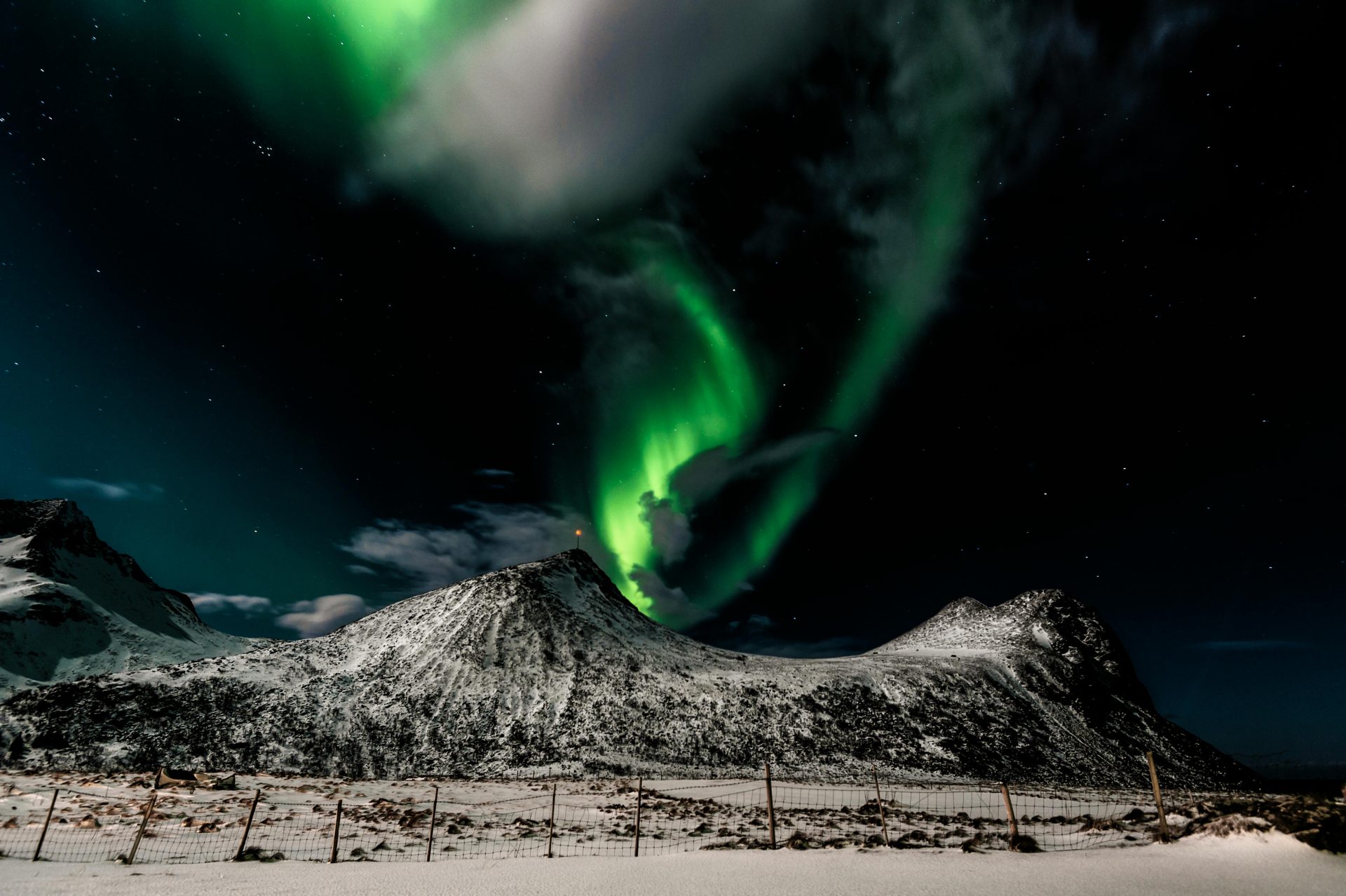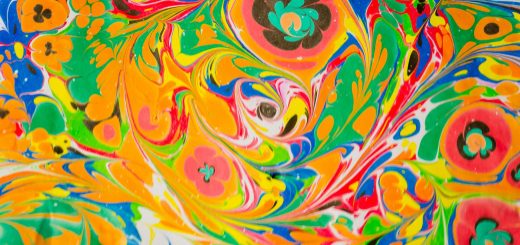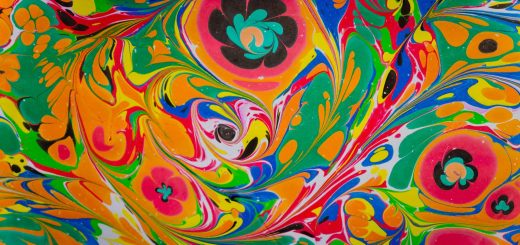Photography Lighting Techniques: Tips and Tricks

Before diving in, please note: This post is for informational purposes only. If you’d like to know more about how we approach topics, feel free to check out our friendly Disclaimer Page.
Hey there, amazing readers! 🖐️ Just a quick note: yes, we know there are a lot of ads here. Trust us, we get it—it’s not the prettiest look, but they help us keep this blog alive and kicking. Those pesky little ads cover the costs of all the behind-the-scenes magic, from hosting and tech stuff to creating content we hope you’ll love.
We’re committed to delivering quality posts, and your support (even just sticking around despite the ads) means everything to us. So, bear with us, and thanks for helping us keep the good vibes rolling. Now, on to the fun stuff! 😉
TRANSLATE BUTTON AT THE END OF THE ARTICLE
Introduction to Photography Lighting Techniques
Photography lighting techniques are crucial elements that can make or break a photograph.
Proper lighting is essential for capturing stunning images that convey the desired mood and atmosphere.
Whether you are a beginner or a professional photographer, understanding lighting techniques is vital for producing high-quality photographs.
In this article, we will explore the basics of lighting in photography, the importance of proper lighting, types of lighting equipment, tips for using natural light, techniques for artificial lighting, ways to enhance lighting creatively, common mistakes to avoid, achieving different moods with lighting, advanced techniques for professional photography, and tips for highlighting subject features through lighting.
Understanding the Basics of Lighting in Photography
Lighting in photography refers to how light is used to illuminate a subject or scene.
It plays a significant role in shaping the overall look and feel of a photograph.
There are three primary lighting setups in photography: key light, fill light, and backlight.
The key light is the main light source that illuminates the subject, while the fill light helps reduce shadows and balance the overall exposure.
The backlight adds depth and dimension by separating the subject from the background.
Understanding these basic lighting setups is essential for creating well-balanced and visually appealing photographs.
Importance of Proper Lighting in Photography
Proper lighting is crucial in photography as it can dramatically impact the mood, tone, and overall quality of an image.
Good lighting can enhance colors, textures, and details, while poor lighting can result in dull, flat, or overly harsh photos.
Whether you are shooting portraits, landscapes, still life, or any other genre of photography, mastering lighting techniques is essential for creating compelling and visually captivating images.
By understanding how to manipulate light effectively, photographers can elevate their work to a new level and create photographs that stand out.
Types of Lighting Equipment for Photography
There are various types of lighting equipment available for photographers to use, depending on their needs and preferences.
Some common lighting equipment includes:
Natural light: sunlight, moonlight, and ambient light from the surroundings.
Artificial light: studio lights, speedlights, LED panels, and continuous lights.
Light modifiers: softboxes, umbrellas, reflectors, grids, and gels.
Lighting stands: tripods, light stands, boom arms, and clamps.
Each type of lighting equipment serves a specific purpose and can be used creatively to achieve different effects in photography.
Key Tips for Using Natural Light in Photography
Natural light is a versatile and beautiful source of illumination that can produce stunning results in photography.
Here are some key tips for using natural light effectively:
Golden Hour: Shoot during the golden hour, just after sunrise or before sunset, when the light is soft, warm, and directional.
Diffusion: Use diffusion materials like curtains, scrims, or sheer fabrics to soften harsh sunlight and create a flattering glow on your subjects.
Reflectors: Use reflectors to bounce light back onto your subject and fill in shadows for more balanced exposures.
Backlighting: Experiment with backlighting to create silhouettes, rim light, or halo effects around your subjects.
Shadows: Embrace shadows as a creative element in your photographs to add depth, drama, and visual interest.
By mastering the art of using natural light, photographers can capture breathtaking images with a unique and authentic look.
Techniques for Using Artificial Lighting in Photography
Artificial lighting offers photographers more control over the lighting conditions and allows for creative experimentation.
Here are some techniques for using artificial lighting in photography:
Three-Point Lighting: Set up a key light, fill light, and backlight to create a well-balanced and professional-looking portrait or still life.
Rembrandt Lighting: Position the key light at a 45-degree angle to create a triangle of light on the subject’s cheek opposite the light source.
Low-Key Lighting: Use minimal lighting to create a moody and dramatic effect with deep shadows and high contrast.
High-Key Lighting: Overexpose the image slightly to create a bright and airy look with minimal shadows and soft highlights.
Gels: Experiment with colored gels over your lights to create unique and vibrant lighting effects in your photographs.
By mastering these artificial lighting techniques, photographers can add depth, dimension, and creativity to their images.
Creative Ways to Enhance Lighting in Photography
There are endless creative ways to enhance lighting in photography and create visually striking images.
Here are some creative ideas to consider:
Light Painting: Use a long exposure and a light source, such as a flashlight or LED, to paint light onto your subject or scene for a unique and surreal effect.
Silhouettes: Position your subject in front of a bright light source to create a striking silhouette against the background.
Bokeh: Create bokeh by using a wide aperture to blur the background lights into soft, glowing orbs for a dreamy and magical look.
Light Trails: Capture light trails from moving objects, such as cars or fireworks, using a long exposure for dynamic and captivating photographs.
Reflections: Use reflective surfaces like water, mirrors, or glass to create interesting reflections and add visual interest to your images.
By thinking outside the box and experimenting with different lighting techniques, photographers can push the boundaries of creativity and produce stunning and memorable photographs.
Common Mistakes to Avoid in Photography Lighting
While mastering lighting techniques is essential for creating exceptional photographs, there are common mistakes that photographers should avoid to achieve optimal results.
Some common mistakes in photography lighting include:
Overexposure: Avoid blowing out highlights by adjusting your camera settings to prevent loss of detail in bright areas.
Underexposure: Ensure proper exposure by adjusting your settings to avoid dark or muddy-looking images.
Harsh Shadows: Soften harsh shadows by diffusing light sources or using reflectors to fill in shadow areas.
Mixed Color Temperatures: Use consistent lighting sources to avoid color casts and ensure accurate colors in your photographs.
Ignoring Background Lighting: Pay attention to background lighting to create depth and separation between your subject and the surroundings.
By being mindful of these common mistakes and actively working to avoid them, photographers can elevate their work and produce professional-quality images.
How to Achieve Different Moods with Lighting in Photography
Lighting plays a crucial role in setting the mood and atmosphere of a photograph.
Different lighting techniques can evoke various emotions and create distinct looks in photography.
Here are some ways to achieve different moods with lighting:
Soft Lighting: Use soft, diffused light for a gentle and romantic mood in portraits or still life photography.
Hard Lighting: Create a bold and dramatic mood with hard, directional light for edgy and high-contrast images.
Warm Lighting: Use warm, golden light for a cozy and inviting mood in interior, lifestyle, or portrait photography.
Cool Lighting: Utilize cool, blue light for a serene and calming mood in landscapes, night scenes, or abstract photography.
Backlighting: Experiment with backlighting to create a dreamy and ethereal mood with soft, glowing highlights around your subjects.
By understanding how different lighting setups can influence the mood of a photograph, photographers can effectively convey the desired emotions and create impactful visuals.
Advanced Lighting Techniques for Professional Photography
Professional photographers often use advanced lighting techniques to create dynamic and visually stunning images.
Some advanced lighting techniques include:
Light Modifiers: Experiment with different light modifiers like grids, snoots, and beauty dishes to control and shape the quality of light in your photographs.
Mixed Lighting: Combine natural and artificial light sources to create a unique and multi-dimensional look with varied textures and colors.
Lighting Ratios: Use lighting ratios to control the balance between the key light and fill light for precise control over highlights and shadows.
Contour Lighting: Use contour lighting to sculpt and define the features of your subjects by creating gradual transitions between light and shadow.
Dynamic Lighting: Create dynamic lighting effects by incorporating movement, reflections, or textures to add depth and interest to your photographs.
By mastering these advanced lighting techniques, professional photographers can take their work to the next level and produce captivating and visually compelling images.
Tips for Using Lighting to Highlight Subject Features
Lighting plays a crucial role in highlighting the features and details of a subject in photography.
Here are some tips for using lighting to accentuate and enhance subject features:
Directional Lighting: Use directional light to create shadows and highlight the contours and textures of your subject for a three-dimensional look.
Side Lighting: Position the light source to the side of your subject to create depth, drama, and dimension by casting shadows and creating highlights.
Rim Lighting: Use backlighting to create a rim of light around your subject’s edges to separate them from the background and add a halo effect.
Catchlights: Ensure catchlights in your subject’s eyes by using reflective surfaces or light sources to add sparkle and life to portrait photography.
Texture Lighting: Illuminate textured surfaces with side lighting to enhance details, patterns, and tactile qualities in your photographs.
By using lighting strategically to highlight subject features, photographers can draw attention to specific elements and create visually compelling images that captivate viewers.
Tricks for Experimenting with Light and Shadow in Photography
Experimenting with light and shadow in photography can lead to exciting and creative results.
Here are some tricks for playing with light and shadow to add depth and interest to your images:
Contrast: Embrace contrast by using a mix of light and shadow to create visually striking and dynamic compositions.
Silhouettes: Create silhouettes by backlighting your subject to produce bold and graphic shapes against a bright background.
Dappled Light: Use dappled light from trees or window blinds to create interesting patterns and textures on your subjects.
Negative Space: Utilize negative space by positioning your subject against a dark background to emphasize shape, form, and composition.
Multiple Light Sources: Experiment with multiple light sources to create complex and layered compositions with varying degrees of light and shadow.
By exploring these tricks and techniques for manipulating light and shadow, photographers can push their creative boundaries and produce visually captivating and artistically expressive photographs.
Conclusion
In conclusion, mastering photography lighting techniques is essential for creating compelling, visually appealing images that stand out.
Understanding the basics of lighting, using natural and artificial light effectively, enhancing lighting creatively, avoiding common mistakes, achieving different moods, and experimenting with advanced techniques can elevate the quality of your photographs.
By using lighting strategically to highlight subject features, play with light and shadow, and push the boundaries of creativity, photographers can produce stunning and memorable images that captivate viewers.
Remember, lighting is a powerful tool that can transform an ordinary photograph into an extraordinary work of art.
So, experiment, practice, and have fun exploring the endless possibilities that photography lighting techniques have to offer.

The Enlightenment Journey is a remarkable collection of writings authored by a distinguished group of experts in the fields of spirituality, new age, and esoteric knowledge.
This anthology features a diverse assembly of well-experienced authors who bring their profound insights and credible perspectives to the forefront.
Each contributor possesses a wealth of knowledge and wisdom, making them authorities in their respective domains.
Together, they offer readers a transformative journey into the realms of spiritual growth, self-discovery, and esoteric enlightenment.
The Enlightenment Journey is a testament to the collective expertise of these luminaries, providing readers with a rich tapestry of ideas and information to illuminate their spiritual path.
Our Diverse Expertise 🌟
While our primary focus is on spirituality and esotericism, we are equally passionate about exploring a wide range of other topics and niches 🌍📚. Our experienced team is dedicated to delivering high-quality, informative content across various subjects ✨.
To ensure we provide the most accurate and valuable insights, we collaborate with trusted experts in their respective domains 🧑🏫👩🏫. This allows us to offer well-rounded perspectives and knowledge to our readers.
Our blog originally focused on spirituality and metaphysics, but we’ve since expanded to cover a wide range of niches. Don’t worry—we continue to publish a lot of articles on spirituality! Frequently visit our blog to explore our diverse content and stay tuned for more insightful reads.





